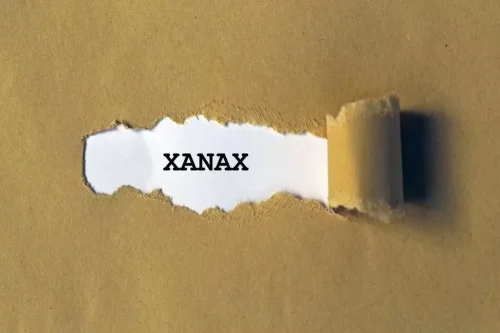
If it is nightmares that are keeping you from getting good sleep, imagery rehearsal therapy may help. This involves working with a therapist to change the ending of your reoccurring bad dreams so they aren’t as troublesome. Brain fog is a type of alteration symptom that many people with a history of trauma experience. https://ecosoberhouse.com/ The repeated or prolonged stress response from PTSD and CPTSD increases your circulating cortisol, which affects your immune system and causes inflammation. In excessive amounts though, this stress response can lead to inflammation. As you navigate PTSD, be patient with yourself and your loved ones.
More on Mental Health
- Aggressive behaviors also include complaining, “backstabbing,” being late or doing a poor job on purpose, self-blame, or even self-injury.
- Addressing PTSD blackouts requires a comprehensive approach that targets both the underlying trauma and the specific symptoms of dissociation and memory loss.
- Flashbacks and nightmares may force someone with PTSD to relive their trauma over and over, but they may find themselves unable to recall a significant aspect of their experience.
- A person who is blacked out may also throw up while sleeping, which could lead to an increased risk of choking or suffocating.
PTSD is a mental health condition that may occur as a result of witnessing or experiencing a traumatic event. During PTSD counseling, you will work through issues you’re currently experiencing and issues from your past. For instance, stress from your work may have increased the frequency of your ptsd blackouts. In counseling, you will learn how to reduce that stress to keep blackouts to a minimum.

Complex PTSD

Group therapy may be helpful by allowing you to share thoughts, fears, and feelings with other people who have experienced traumatic events. This term has been proposed for the experience of people who’ve had ongoing trauma, rather than one traumatic event. This may cause a personality change that goes beyond other PTSD symptoms, with trouble managing your emotions and relating to other people. People at risk include prisoners of war, refugees, and victims of sex trafficking, domestic violence, and childhood abuse. Post-traumatic stress disorder (PTSD) is not a rare condition, and with the right management plan, including trauma therapy, you can manage your symptoms. Chronic pain, in some cases, reminds a person of the traumatic event, which can increase PTSD symptoms.
Post-traumatic Stress Disorder (PTSD)
There are other strategies — known as complementary and alternative medicine — that you can try to help manage your symptoms. However, there’s not enough research to support their effectiveness. Symptoms of PTSD tend to last longer, disrupt your everyday activities, and negatively impact your overall quality of life. They usually surface within 3 months after the traumatic event, though they can arise at a later point as well. Another factor that may contribute to PTSD is experiencing a stressful event after a traumatic event, such as getting a divorce shortly after a serious car accident.
Download Memory-Boosting Apps
That’s largely because the parts of your brain responsible for decision-making aren’t fully matured until around age 25. Despite this, intentional binge drinking has been a common practice among young adults. The difference between a brownout and a blackout is that brownouts involve partial memory loss.
- The duration of PTSD blackouts can vary greatly, ranging from brief moments of disorientation to prolonged periods of lost time.
- Post-traumatic stress disorder (PTSD) can give rise to a multitude of symptoms, one of which is blackouts.
